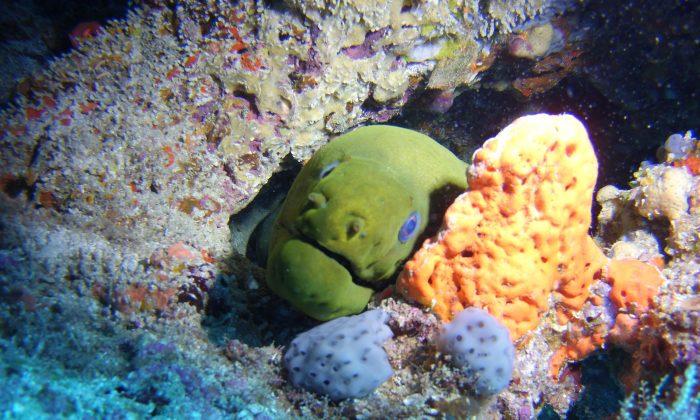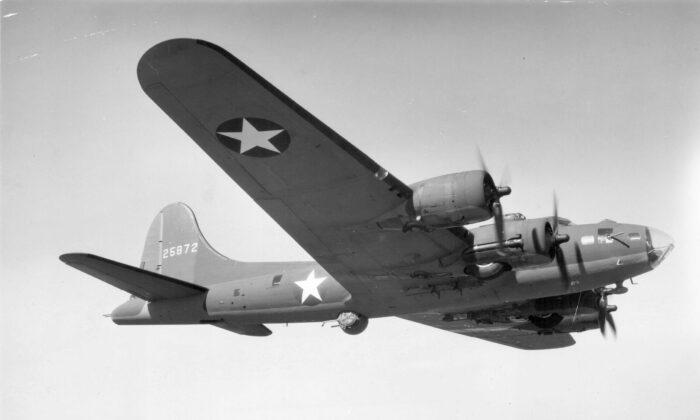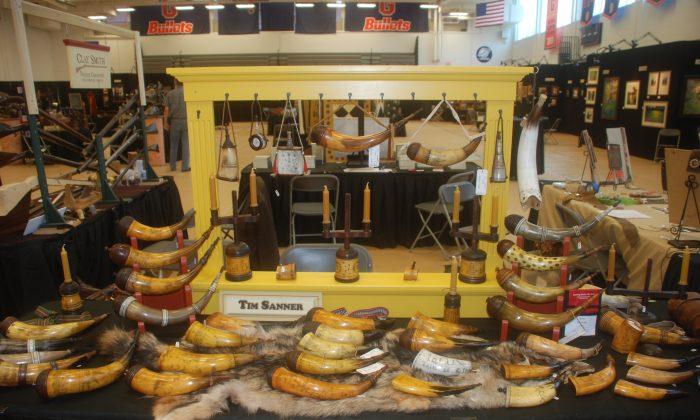Ergonomic. The word derives from the Greek “ergo,” to work. The word has come to signify human engineering. I have big hands, not catcher’s mitts, but experience has taught there is an important feel to a camera. A camera works for the photographer instinctively.
In terrestrial photography as well as underwater, a camera’s feel is just as important as its ability to produce good pictures. Heavy is good, comfortable grip is good, a tiny little box that cannot be conveniently held on land or underwater is bad. No matter the quality of the images, the convenience, or popularity something that cannot be held comfortably as an extension of a photographer’s arm will never be an effective photographic tool.
Digital cameras have revolutionized photographic equipment. Cameras are light weight and small. Telephones boast fine resolution cameras. Some inventors have even come up with waterproof bags or housings for cell phones. As often as phone configurations change that would seem to be a risky investment, same for camera housing makers. It seems new updates and innovations sweep the shelves clean of previous models quickly these days. The key is chip size and ability of micro-technology to miniaturize circuits. A camera can be the size of a sugar cube and some are. They can be worn on eyeglasses, dive masks, and mounted on the rear-view mirror of cars. Underwater small is not better.

To compensate for tiny squares plunked into plastic housings manufacturers have devised wands, pods, and grips. With all of that innovation I still see underwater photographers with their little plastic cameras attached to wrist lanyards. In one season, diving the Atlantic Ocean off Palm Beach County, Florida, divers lost one of these small cameras every week aboard just one dive boat. A wrist lanyard is no way to carry a camera underwater. It gets banged around on entries and exits and otherwise floats around during the dive if it is not held all the time.
The Calypso-Phot was invented by Jean de Wouters in 1961. De Wouters designed the vessel Calypso in 1957 and participated in many of its voyages. The camera was small, waterproof to 60 meters; a self-contained full frame underwater 35 mm camera. The Calypso-Phot evolved into the Nikonos. Nikon took over production in 1963 and de Wouters remained in Japan to help with its engineering.

Various models of the Nikonos were produced over the years by Nikon. Lenses could be interchanged and the Nikon 15 mm underwater lens for their cameras was a true jewel. Corrected images with an ability to stop the lens down to f 22 and shoot very close to the subject. Gone. I still have my fine collection of Nikonos cameras and lenses. They are beauties. I no longer use them since I get no commissions to shoot film underwater now. Only digital.
When the Nikonos was phased out nothing replaced it. There were housed cameras, a few shallow-water waterproof cameras made to take pictures in 10 feet of water, not more, and recently, a spate of other cameras rated for deeper depths. SeaLife Cameras with offices in Moorestown, New Jersey, produced many good underwater cameras. In essence they were small digital cameras housed in rugged rubberized cases. SeaLife’s newest entry on the market is their Micro 2.0 camera.

The SeaLife Micro 2.0 is small. It fits comfortably in the palm. The camera has an ergonomic grip that gives it the right feel on land and underwater. Like the Nikonos before it, the Micro 2.0 is waterproof rated to 200 feet depth. The camera is totally sealed. There are no user parts inside the camera and it is not to be opened. The camera controls consist of three piano keys on the back for the menu, video function and on-off. The shutter release is on top and convenient to use. An LCD screen on the back enables the photographer to see the images.
This self-contained Micro 2.0 is sold in two models one with 32 GB and 64 GB. There are no chips to put in to take out and no batteries to change. The camera is accessed by a waterproof port on its base. When the camera is in use, the port and its gold topped connectors are covered with a small rubber plug. To charge the camera’s internal battery or to download pictures a dry connector is used. This connector cannot get wet. SeaLife cautions that the waterproof port and its golden tips must be thoroughly dried before making a connection with the USB adapter.
Now what about the images? The most important feature of any camera is the quality of its images. In taking pictures underwater a camera’s recycle time is critical so multiple images can be taken before a critter escapes. The Micro 2.0 uses a 16mp/1080p camera with a 130 degree fisheye lens. The angle can be changed if desired. Land pictures using the 130 degree lens have the fisheye effect. There is a free-download program to correct that if desired.
A threaded hole in the bottom of the camera enables it to be attached to a tray that can also hold lights. The Micro 2.0 does not have an electronic strobe. Illumination, if desired, comes from SeaLife Sea Dragon video lights that can be mounted on each side of a tray that supports the camera.
I never use filters. A wizened and well-published photographer once described how he sold to that photo-driven magazine Arizona Highways. “If you don’t use filters they don’t buy it. Look at the covers.” I do not use filters—qualify that: I use UV and skylight filters to protect my lenses and have used polarizing filters to enhance clouds. Underwater I do not want, do not need, and do not use filters.

The Micro 2.0 has internal filters. If you do not sort the thing out initially what you get are red and maroon images. I took the camera on assignment in the Caribbean. I dove on a shipwreck. Nice images. I followed the instruction book and set the camera for underwater mode. I surfaced and took photos of the dive boat. All maroon. Underwater I took pictures of an amazing bat fish. Again all maroon.
My fault. I should have stripped the camera of its own intelligence, created by non-divers and non-underwater photographers somewhere in an Asian factory. I finally did what I always do and the camera is now mine. I do not let it rule me. I was testing the camera so my mistake can be excused. Trouble is I ruined good pictures. Underwater green and blue are normal. Use lights to enhance the images. Leave the camera on land mode. Forget internal filters, or just try it out and see what you like. Use an underwater slate to keep track of the settings you use. Me, I will now keep the Micro 2.0 on land mode and use SeaDragon video lights to bring out colors.

I arranged the Micro 2.0 on a SeaLife tray with brackets for SeaDragon video lights. I weight the tray with fishing sinkers so that the unit is negative underwater. I use a strap that keeps the unit around my neck so my hands are free when I’m not using the camera. I use a lanyard as a safety precaution. I’ve threaded monofilament through a loop in the camera body and use a small plastic clip to a line attached to my buoyancy compensator.
I like this little camera. I’ve used various small cameras underwater. They amaze me by what they are capable of. What I do not like is their feel. Over time I’ve used everything from huge, heavy underwater motion picture cameras to housed still cameras. I teach diving and guide divers. I like to have a camera with me. It enables me to take photos of my students and divers and email them to them as souvenirs. It is also there when that amazing creature presents itself for a portrait. The SeaLife Micro 2.0 fits the purpose admirably. It is small, ergonomic, and comfortable and captures images with excellent resolution.

A good way to insure salt crystals are removed from the Micro 2.0 after use in the ocean is to gently hose the camera off then soak it in a bucket of fresh water.
One day I might master all the things my digital cameras can do. Perhaps, like most, I'll just remain satisfied to shoot good pictures and leave the high-tech stuff to computer gurus.
For more information about the SeaLife Micro 2.0 camera and accessories visit SeaLife-Cameras.com or call them toll-free at 1-800-257-7742.
John Christopher Fine has authored 25 books, including award-winning books dealing with ocean pollution. He also writes for major magazines and newspapers in the United States and Europe. He is a master scuba instructor and instructor trainer and expert in maritime affairs.







Friends Read Free